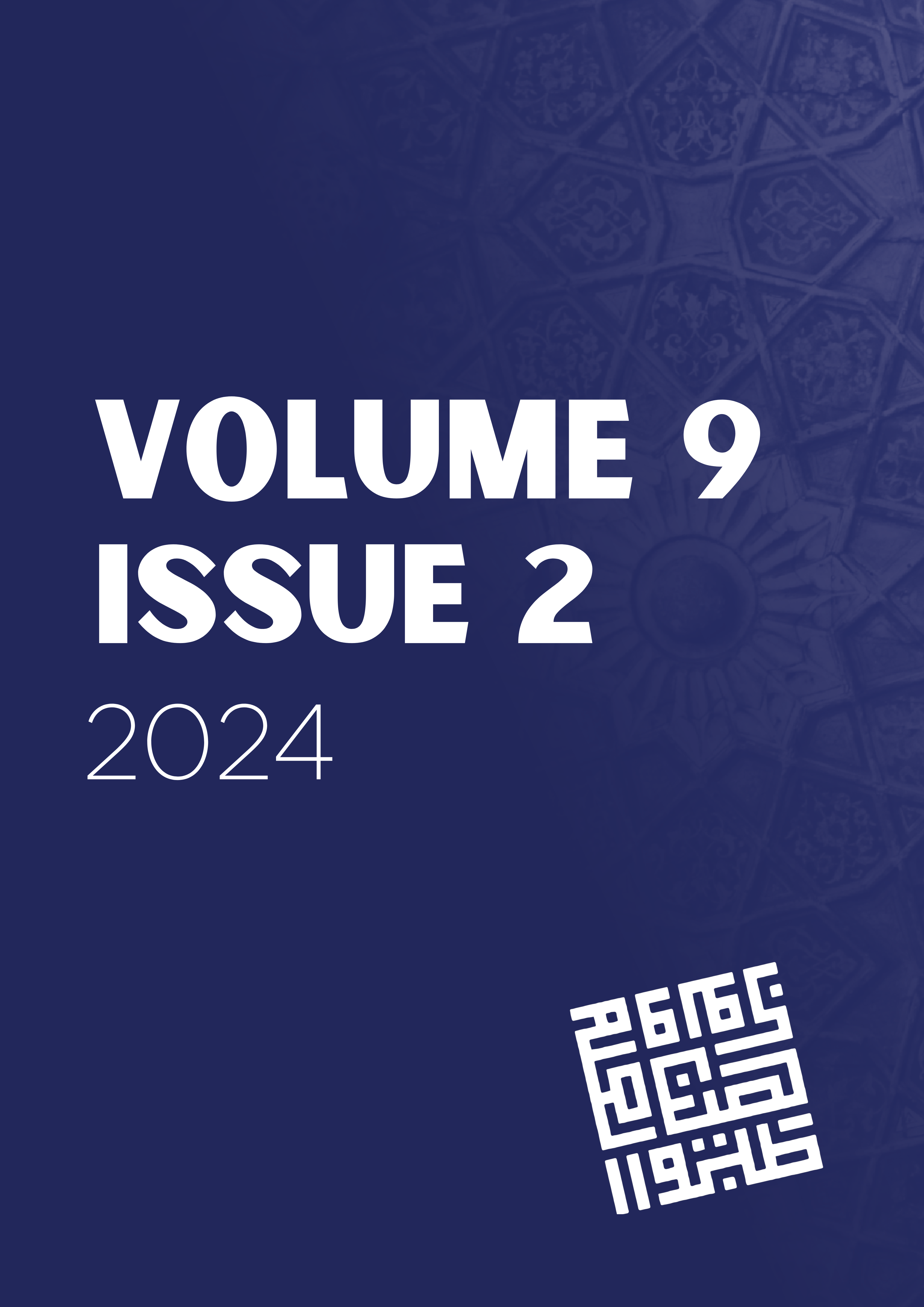The Necessary Connection between Laws of Physics and Metaphysics

Abstract
This article examines the need for a comprehensive theory that explains the creation of the universe and the enigmatic behaviours observed in quantum particles. Recent advancements in quantum physics have revealed phenomena in the microscopic and macroscopic realms that challenge conventional explanations based solely on natural laws. This article introduces an argument centred on the concept of “presence of metaphysics in physics” as a means to provide a plausible account for the improbable existence of the universe and the mechanics of the space-time continuum. By incorporating ontological principles in classical physics and quantum mechanics, this proposed model sheds light on the origins of natural laws while also considering the mysterious balance and intricacies observed in micro and macrocosms. Moreover, this article argues that a mere succession of random events guided by mathematical probabilities cannot adequately establish and govern the natural laws that appear to have arisen with the aim of fostering life within the universe.
Keywords
Physics, Astronomy, Metaphysics, Religion, Theology, Science
References
- CERN. “The Matter-Antimatter Asymmetry Problem.” Accessed December 2, 2021. https://home.cern/science/physics/matter-antimatter-asymmetry-problem.
- SAND. “David Bohm, Implicate Order and Holomovement.” Science and Nonduality, October 29, 2019. Accessed July 13, 2023. https://www.scienceandnonduality.com/article/david- bohm-implicate-order-and-holomovement.
- Grandpierre, Attila. “The Fundamental Biological Activity of the Universe.” In Eco- Phenomenology: Life, Human Life, Post-Human Life in the Harmony of the Cosmos, edited by William S. Smith, Jadwiga S. Smith and Daniela Verducci, 115-40. Springer, 2018. DOI: https://doi.org/10.1007/978-3-319-77516-6_10
- Nobel Prize Outreach. “The 2022 Physics Laureates.” The Nobel Prize. Accessed October 11, 2023. https://www.nobelprize.org/prizes/physics/2022/summary/.
- Robertson, Howard Percy. “The Uncertainty Principle.” Physical Review 34, no. 1 (1929): 163- 64. DOI: https://doi.org/10.1103/PhysRev.34.163
- Rabin, Sheila. “Nicolaus Copernicus.” In Stanford Encyclopaedia of Philosophy, edited by Edward N. Zalta and Uri Nodelman. Winter 2023 edition. https://plato.stanford.edu/ archives/win2023/entries/copernicus/.
- Stein, Vicky, and Charlie Wood. “What is String Theory.” Space, last modified January 21, 2022, https://www.space.com/17594-string-theory.html.
- Wehrl, Alfred. “General Properties of Entropy.” Reviews of Modern Physics 50, no. 2 (1978): 221-60. DOI: https://doi.org/10.1103/RevModPhys.50.221
- Weisberger, Mindy. “‘God Plays Dice with the Universe,’ Einstein Writes in Letter about his Qualms with Quantum Theory." LiveScience, June 12, 2019. Accessed November 5, 2022. https://www.livescience.com/65697-einstein-letters-quantum-physics.html.
- Wheeler, John Archibald. “The Computer and the Universe.” International Journal of Theoretical Physics 21 (1982): 557-72. DOI: https://doi.org/10.1007/BF02650185